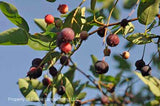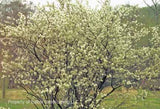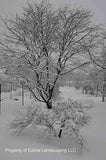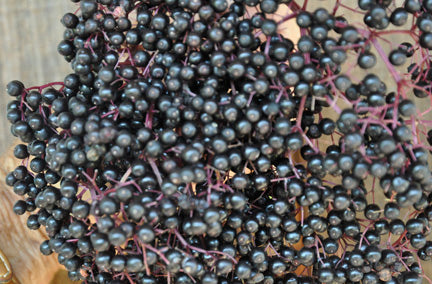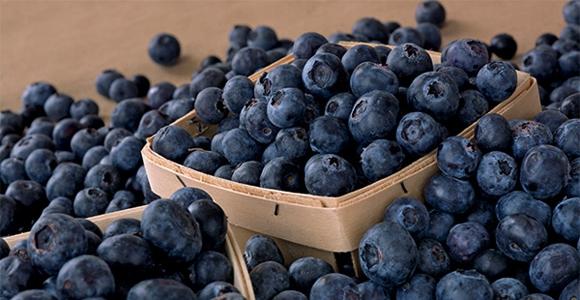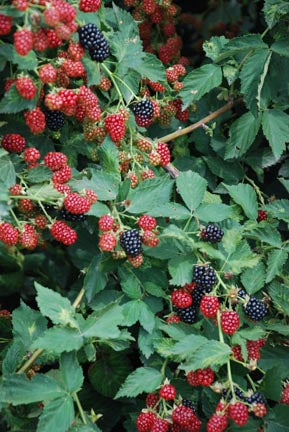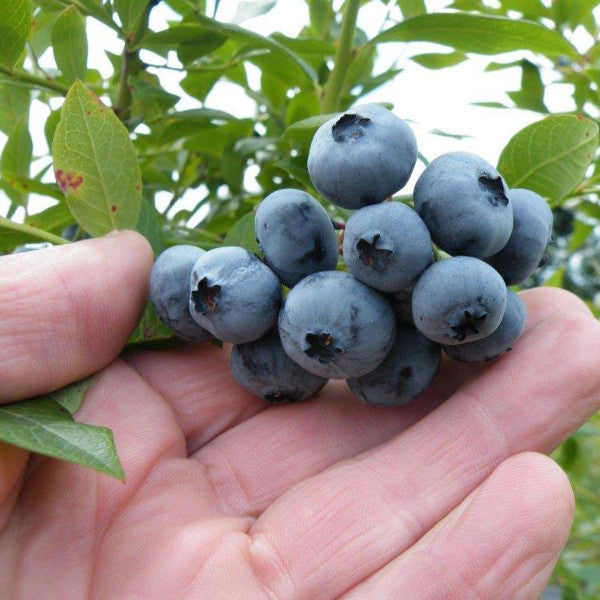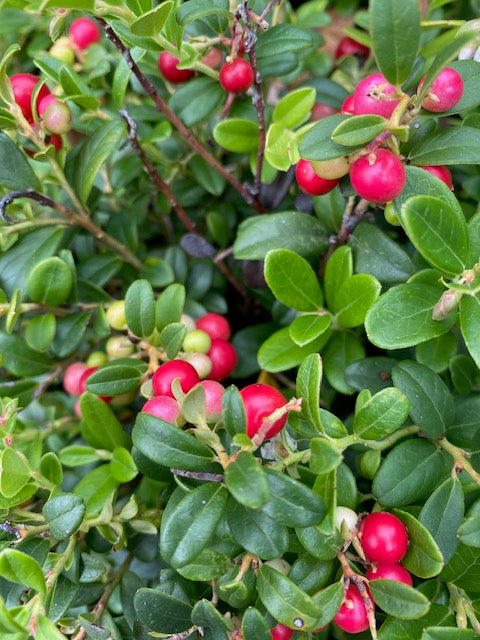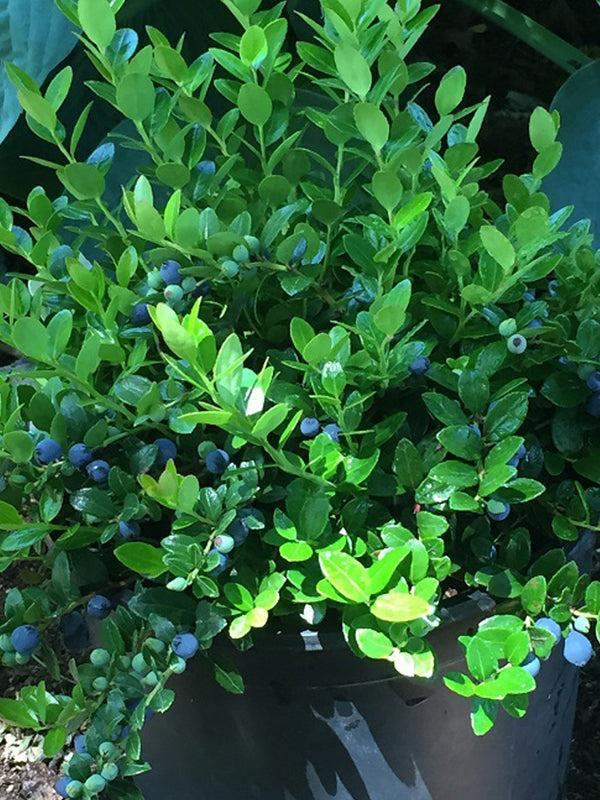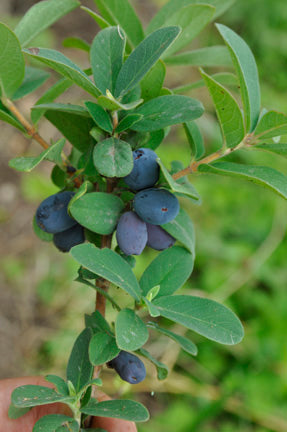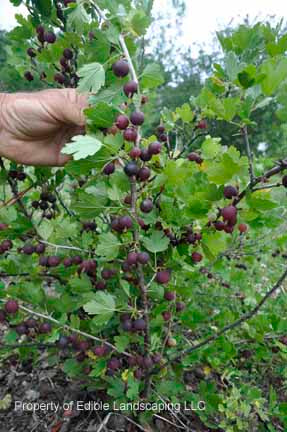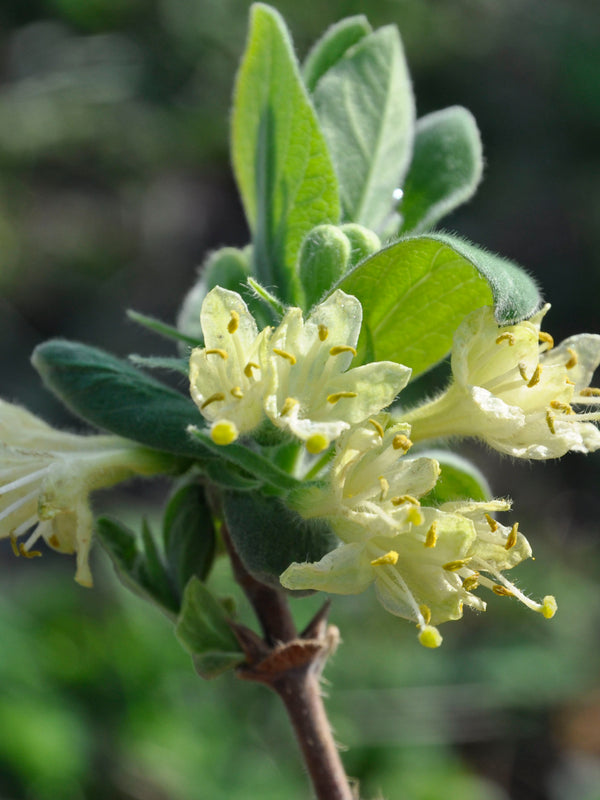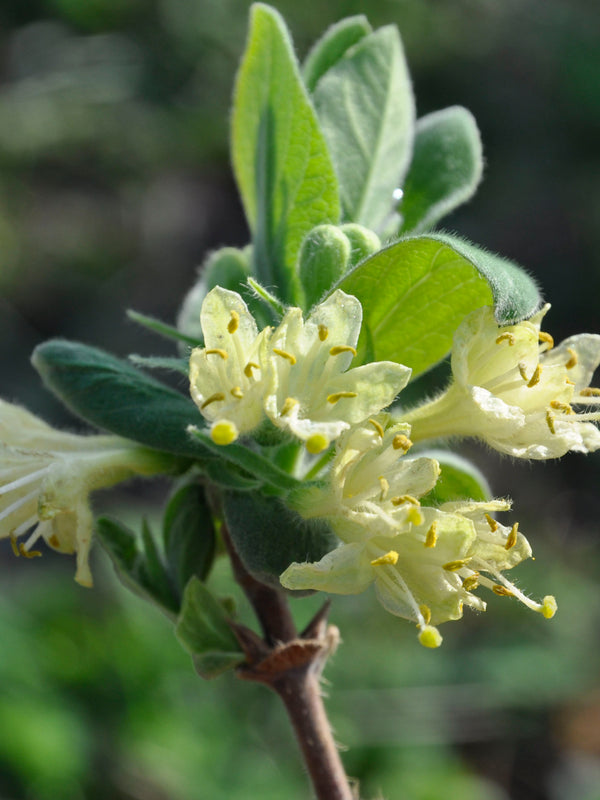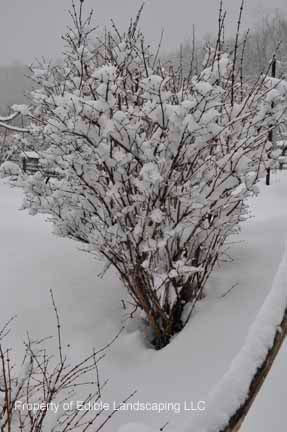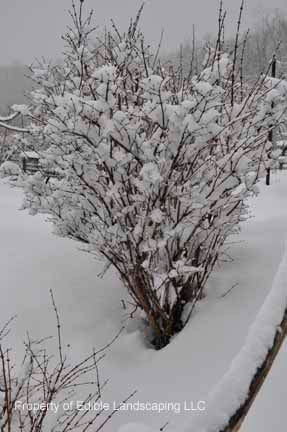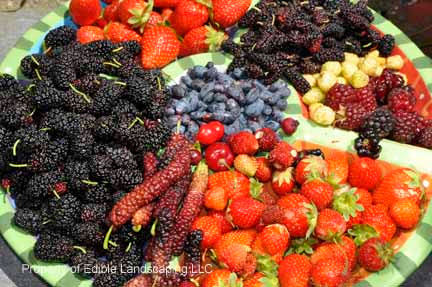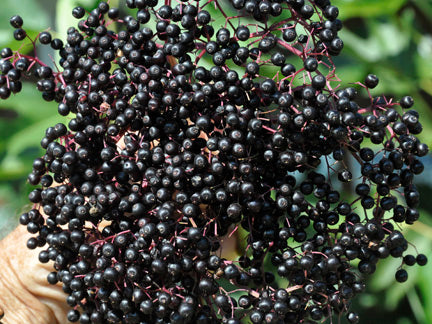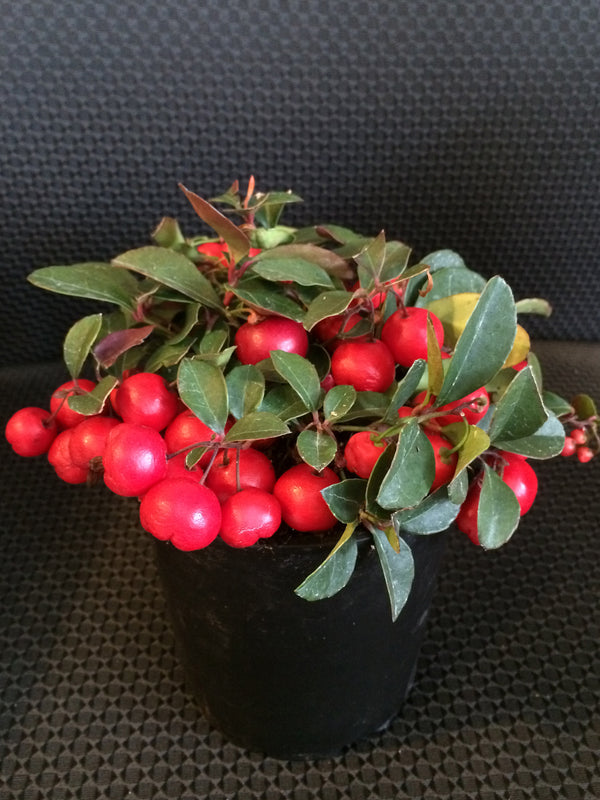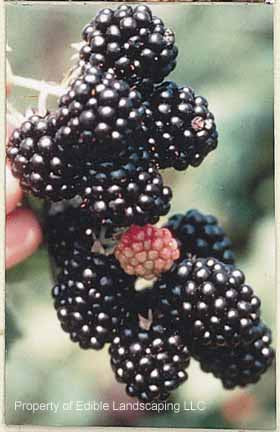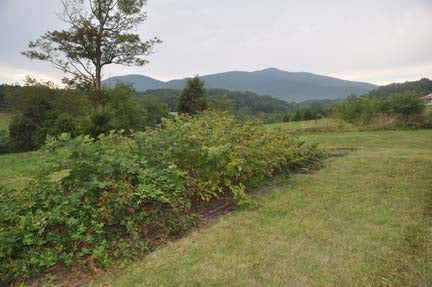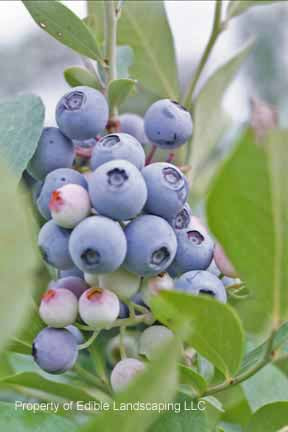Princess Diana Juneberry
Amelancier x grandifol
| Plant Characteristics | |
|---|---|
| Pest Resistance | Very Good |
| Disease Resistance | Very Good |
| Drought Tolerance | Good |
| Heat Tolerance | Very Good |
| Humidity Tolerance | Very Good |
| Sun Tolerance | Very Good |
| Wet Soil Tolerance | Fair |
| Shade Tolerance | Good |
| No Spray | Good |
| Salt Tolerance | Fair |
| Fresh for Kids | Very Good |
| Deer Resistance | Fair |
| Thorns | No |
| Plant Type | Shrub |
| Soil Type | Adaptable |
| Edible Type | Berry |
| Self Fertile | Yes |
| This information is accurate to the best of our knowledge, comments/opinions are always welcome | |
Care Guide
Juneberries contain all the essential for an edible landscape plant. It transplants easily, especially when container grown. When given a place to grow in sun or partial shade with no competition from weeds or lawn, it will continue growing as if never disturbed. It readily blends in with other plants since the different varieties have differed sizes. They can be grown in a row for fruit production. The example being Regent. Regent, because of its small size can also be grown alone when space is dear.

Regent Juneberry in winter
Jennybelle can be grown as a specimen with its 8-10' tall height and 8-10' width. Grandiflora being more upright looks very natural with lower stature plants like azelia, blueberries etc.

Grandiflora Juneberry in winter, Joy Bush cherry in front
These 3 juneberry varieties could be planted together and they'll reflect their own individual identity.

Amelanchier Juneberry Serviceberry Fall Red Leaf Color
Besides being pretty when the profuse white flowering begins, they are the first native plant to bloom in the spring. Even people unconscious of plants will notice them blooming. There habit is to grow on the edge of woods. Many people notice then while out driving since there's always an edge to a woods where there's a road. In June the varieties we offer become loaded with fruit. We've selected these varieties especially for their production of flavorful fruit over a large geographical area. A Jennybelle for instance will taste sweet and delicious in GA as well as PA.
Juneberries are adaptable and Ph acceptable when compared to blueberries, they are much easier to grow. They don't need soil preparation like blueberries and their fruit is similar. Juneberry's fall color of reds, yellows and oranges, keeps its ornamental reputation going into the winter. Their dormant shape is appealing with their apple like branches.
Juneberries are relatives of apples and pears. They can have similar pest etc, but it is usually on close inspection that they are apparent. The numbers rarely exceed populations that would threaten a crop or damage the plant.
Juneberries can take the rigors of the seasons, and do well drought as well as extreme temperatures. Be sure your newly set plants are watered, especially the first season of growth. A mulch of a few inches is a good idea too. A little care goes a long way for the first season.
Juneberries can be used in any blueberry recipe. They freeze well. I have also frozen them after picking with other fruits like black currants, mulberries, blueberries, and raspberries, which also ripen at similar and overlapping times.
If you're a beginning gardener and juneberries are one of your first purchases: You've make a good choice.


